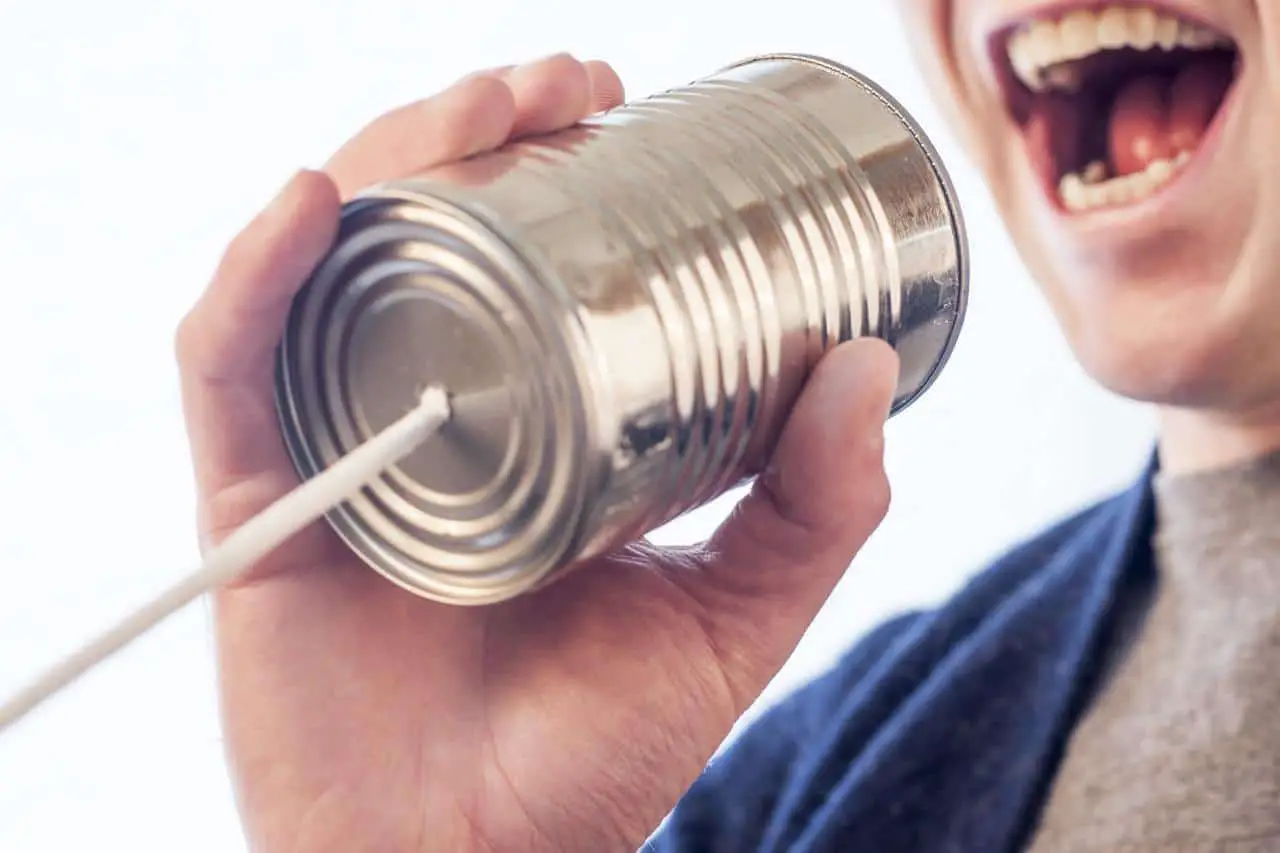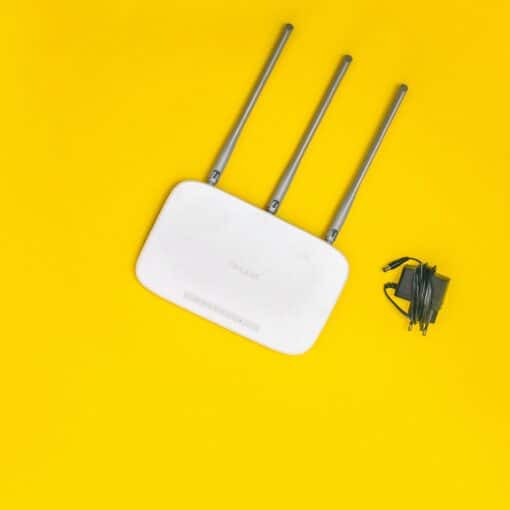CB refers to Citizens Band, a particular radio band within the 27 MHz band. It is separate from amateur radio, more often used by businesses. When you think of truckers communicating back and forth, they typically use a CB radio. It is due to the popularity of CB radio that rose in 1970, thanks to classic movies like “Smokey and the Bandit” and the hit country song “Convoy.” However, if CB is different from ham radio, does that mean you can’t connect from one to the other?
The answer is yes, and it comes down to legality and licensing. Licensed hams are not allowed to talk to anyone who is not licensed unless it is an emergency. So by contacting a CB radio using a ham radio, you are going against the FCC and could face legal repercussions. The same goes the opposite way as well, CB users shouldn’t be connecting to hams. It’s a
There’s a genuine history behind the use of CB radio that grows apart from amateur radio. So how do you tell the difference between them, and how can you avoid accidentally connecting to CB radio? Are there ways to stretch around the rule? Is CB actually a better investment when it comes to radio in the long run? There’s actually something of a rivalry between CB radio and hams, though doubtful that anyone would ever admit to it out loud.
The History of CB Radio
The citizen’s band was first formed in the United States, in 1945. It was a way to use personal radio, and handhelds were manufactured for the general public to use. At first, it was used on an Ultra High Frequency (UHF) band, but those weren’t affordable for everyone and it wasn’t finding much use as a personal radio. So another band, the Class D service, was created on 27 MHz, and thus was born the citizens band we know today. And as advances in technology grew, the radios being manufactured became even more compact, and cheaper, meaning more and more people were finding uses for them. The popularity in the 1970s came due to the US imposed a speed limit of 55 mph. Truckers were especially impacted by this rule, and so began using CB radio in earnest to create a network of communications for fuel service, speed traps, and to organize the famous convoys. By 1977, CB radio had 40 channels. After that boom, however, popularity began to wane. There were a number of reasons for this. The generally agreed upon hypothesis is that CB’s own popularity became its downfall. With so many people trying to broadcast on CB, it actually became overcrowded and difficult to use. The hot trend of CB had even spread to the UK, where it was technically illegal to use, but it was the hip thing to do, so plenty didn’t even care and transmitted across the Atlantic. CB does have a limited range, so while a group of people using ham radio might have room to spread out, the same amount of people on CB would be like sardines in a can. There have also a number of new bands formed that serve a similar function to CB, such as the Family Radio Service used for walkie-talkies. Still, truckers continue to use CB to this day, it’s a popular niche among radio hobbyists, and it remains a legacy in American history.
Why CB Is Protected
One of the big reasons the rules were set in place in regards to CB radio is due to power limits. A CB radio, for example, as a power limit of 4w, while ham radio can go up to 1500w. Using too much power can cause a lot of distortion and interference. It also comes down to the licensing. If you have a license for amateur radio, you can only speak to others licensed for amateur radio. CB radio is open to the unlicensed public. Not only could your broadcasting on their channels distort and ruin the experience for CB users, but you are also the one with the power in the situation. It’s actually possible for someone with an amateur radio to have a modification or play outside the rules to transmit on CB, while a CB radio is not capable of going outside the actual CB range. So hams have the responsibility on their shoulders. There is one exception—like with anything, if there is an emergency and this is your only way of communication, you can use ham radio to connect with CB.
Those Who Work Around Legality
Most American amateur radios are made so that they won’t pick up CB. The range just isn’t reachable. However, international radio rigs don’t have those regulations in place, so could visit those low-level frequencies. Several complaints have come in that the FCC will ‘look the other way’ when hams broadcast through CB because they have found a loophole in the rules known as freebanding. Foreign or modified radios can operate on frequencies just above or below the citizen’s band, which is not technically illegal but can cross into illegal territory very quickly by moving one station up or down into the citizen’s band. So, really, though using a ham radio to connect to CB is technically possible, it is both illegal and immoral. Behavior like that is frowned upon by most members of both the ham and CB community and creates a breeding ground for more bad blood and rivalry.
Like any silly rivalry, the competition between CB and ham radio is tired and has absolutely no foundation. One isn’t inherently better than the other, both have their pros and cons. In the world of radio hobbyists, it should be more of a united front, especially against those who say radio broadcasting is a dying animal. It’s not at all, but the rivalry causes some to see the other as the enemy, instead of the actual people who know nothing about radio. The way some communities act as elitists against others is akin to watching someone try to fight their own reflection. Radio’s still radio, after all. And truly, not everyone falls victim to the silly rivalry. There are plenty who keep it at the level of fun, friendly competition, and plenty who agree that the pettiness should come to an end.
Related Questions
Do I need a license for CB?
Unlike ham radio, CB is unlicensed. The citizen’s band is exactly what it was named for, a place for citizens to use. Though once upon a time it was officially licensed, the FCC stopped officially testing for them. Now, anyone can purchase a CB radio and start broadcasting. However, knowledge of CB rules and regulations is important, because you can get in serious trouble for incorrect usage. The power limit for CB radio is 4w, but linear amplifiers can be purchased to increase power output. In the case of John Hays, who had an illegal modification on his radio that had it working at 750w, he was fined a total of $15,000 by the FCC—for not having a license. See, the nonexistent license is like an extension of trust. If you purchase and operate a CB radio, it’s assumed that you have a license, you know the rules and you know what you’re doing. By violating the rules of CB, it’s breaking that trust, and thus the FCC can come down on you with a pretty large fine. Still, if you’re operating well within the rules, it can be nice to not need that licensing exam.
Is CB a better investment than amateur radio?
Many would argue this point with you, but it mostly depends on who you want to talk to. Purchasing a CB radio means you’re only going to have access to that band. So, if you’re operating with a group of people who all use CB, such as off-roaders or truckers, then, by all means, CB radio is the way to go. But it means there’s a limit to how much you can listen and broadcast to. The ham radio community is often filled with those who want to explore the frequencies, and for many, it’s more about the search than the actual use of the radio for communication. So, if you’re looking to get into radio for the sake of radio, it’s better to lean towards ham, because it affords you with more options. But if you’re just looking to keep in contact with a group of people, check with them beforehand whether they use ham or CB. And remember, you don’t need a license or even a radio to listen in, so you can do your research on each of the bands and see what you like listening to better.
Could I have a dual CB/Amateur radio?
Not on the same radio itself, no. That would violate the rules of the FCC. But there’s nothing that says you couldn’t have two different radios. CB radios, smaller and unlicensed, are considered by many as an excellent gateway to the world of radios. If passion and interest grow, you could purchase a ham radio separately from the CB. Vice versa, a well-versed ham could one day decide to purchase their own little handheld CB radio. As long as you don’t accidentally confuse one with the other, you’re in the clear.
Could I accidentally transmit on CB?
Talk with the person selling the radio. If it is manufactured in America for American use, it won’t have that function available. If it is made for export or is a foreign radio, it could potentially reach CB and therefore it is up to you to actively stay out of





